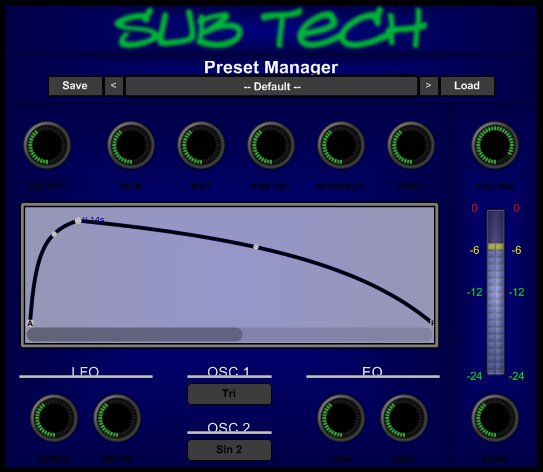
On the left side of the plugin is a window that shows us a few different things. The window provides the majority of functions that the plugin offers. That said, operating the plugin is just like operating the Weiss DS1 MK3 unit.
#ANY GOOD FREE MASTERING PLUGINS TAPE OP SOFTWARE#
With presets designed by Bob Katz and the fact that the hardware costs roughly 20 times as much as this software port, there are a lot of reasons to try this plugin for yourself.įirst off, the design of the DS1 MK3 is identical to its hardware counterpart – they’ve even made the color scheme and shadowing of the dials and buttons identical to the original. Whereas most plugins are emulations of hardware in one way or another, it’s refreshing and unique to come across a plugin that recreates the original without compromise or variation from the source. This makes it virtually identical to the actual unit, but with the convenience of being a plugin. The Weiss DS1 MK3 is not an emulation, but a line-for-line re-coding of the digital hardware. The DS1-MK3 is an incredible sounding compressor and limiter.
#ANY GOOD FREE MASTERING PLUGINS TAPE OP FREE#
Of course, this doesn’t change its sound in any way, but it lets you focus just on the limiting and metering, making for a more immersive mastering experience.įor free limiters, check out our video and blog post: One of my favorite things to do with the L2 Limiter is to make it full-screen using the button in the top right of the plugin.

This is incredibly valuable when you’re having trouble hearing how much distortion you limiting is adding, and you want to check. If you’d like to hear your limiting is affecting the signal, take a listen to the delta signal, which is the limiter’s output combined with the inverted original signal to leave just the limiting.
This dithering really won’t be needed the majority of the time, especially in today’s world of digital distribution, but its an option nonetheless. LUFS Metering and other forms of metering are available in the plugin.įurthermore, you can introduce dithering if you’re converting your 24-bit file to 16-bit file size for CD. The release can also be program dependent with 3 settings. 2ms to 50ms, and the release from 60ms to 1 second. The attack times for the compression ranges from a quick.

The low to mid-crossover ranges from 50Hz to 1.3k, and the mid to high-crossover from 1kHz to 14kHz.Įach band has a 50dB threshold, with an adjustable gain of 25dB. The crosser for these bands is 6dB per octave and can be adjusted with the dials in-between the band’s graphics. The Drawmer 1973 separates the signal into 3 bands. The plugin separates the signal into 3-bands: low, mid, and high range frequencies. Let’s discuss the plugin’s functionality and design. Personally, I love using the plugin for parallel compression due to its tone when used for heavy compression, and the big and air functions.

When it comes to mastering, this plugin can be used as a multi-band compressor, or as a parallel compressor with the wet/dry rotary. Easy to use with its simplistic design and fantastic looking interface, the Drawmer 73 lets you create the same analog tonality as the original. The Drawmer 1973 is a faithful digital adaptation of the classic Drawmer 1973 multi-band compressor. The Drawmer 1973 is a multi-band compressor.


 0 kommentar(er)
0 kommentar(er)
